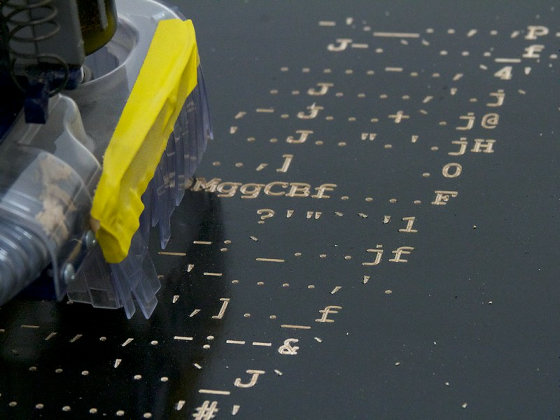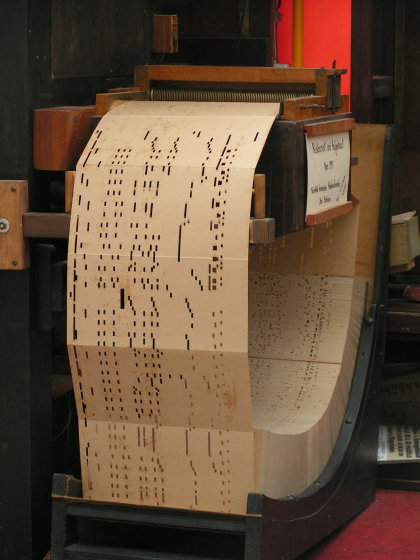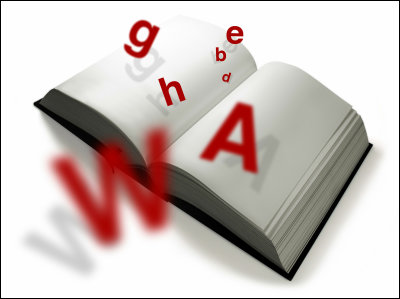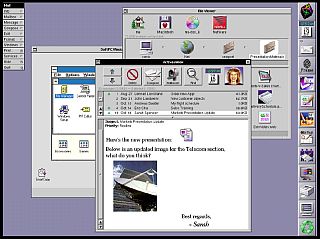What is the surprisingly unknown origin of 'ASCII' used in ASCII art?

by
Modern ASCII art refers to text art in general, but was originally used by the English community as an expression using the characters and symbols contained in ASCII character codes. The surprisingly unknown origin of ASCII is described in the Engineering and Technology History Wiki .
ASCII-ETHW
https://ethw.org/ASCII
ASCII is a character code established by the American National Standards Institute (ANSI) on June 17, 1963. In modern times, it is natural for computers to communicate with each other, but until 1963, computers did not communicate, and each had its own 'method of expressing characters', and the number exceeded 60 types. Was there. But as companies like IBM start networking their computers, this becomes a major problem.
In May 1961, IBM computer scientist Bob Bemer made a proposal to ANSI to develop a single code for computer communications. At Bermer's suggestion, ANSI created an 'X3.4' committee, which, under the direction of teletype John Overter, brought together existing computer makers to work on a solution.
And over the course of two years, the X3.4 committee continued to discuss how the new code would look and work. A particular problem was which company's characters should be included in the system because each company has its own characters.

by
One of Bermer's achievements is said to be the inventor of escape sequences . The commission created 128 characters due to the limitation of 7-bit hardware, but Mr. Bermer thought that '128 characters is not enough' escapes expressing characters and functions with a specified special character sequence. By creating the sequence, more than 150 ASCII alphabets can be used.
Then, in 1968, President Lyndon Johnson signed an executive order to adopt ASCII as the standard communication language for computers in the United States. From here, ASCII, which was the basis of the characters in e-mail and HTML documents, became popular with the spread of the Internet. When IBM released the System / 360 in 1964, Fred Brooks , head of the development team, decided that 'ASCII is not yet available for punched cards and printers,' but over 18 years. , ASCII is said to be used in most operating systems.

Regarding Windows, the NT operating system in the latter half of the 1990s switched to the Unicode standard .
Related Posts:
in Note, Posted by darkhorse_log







